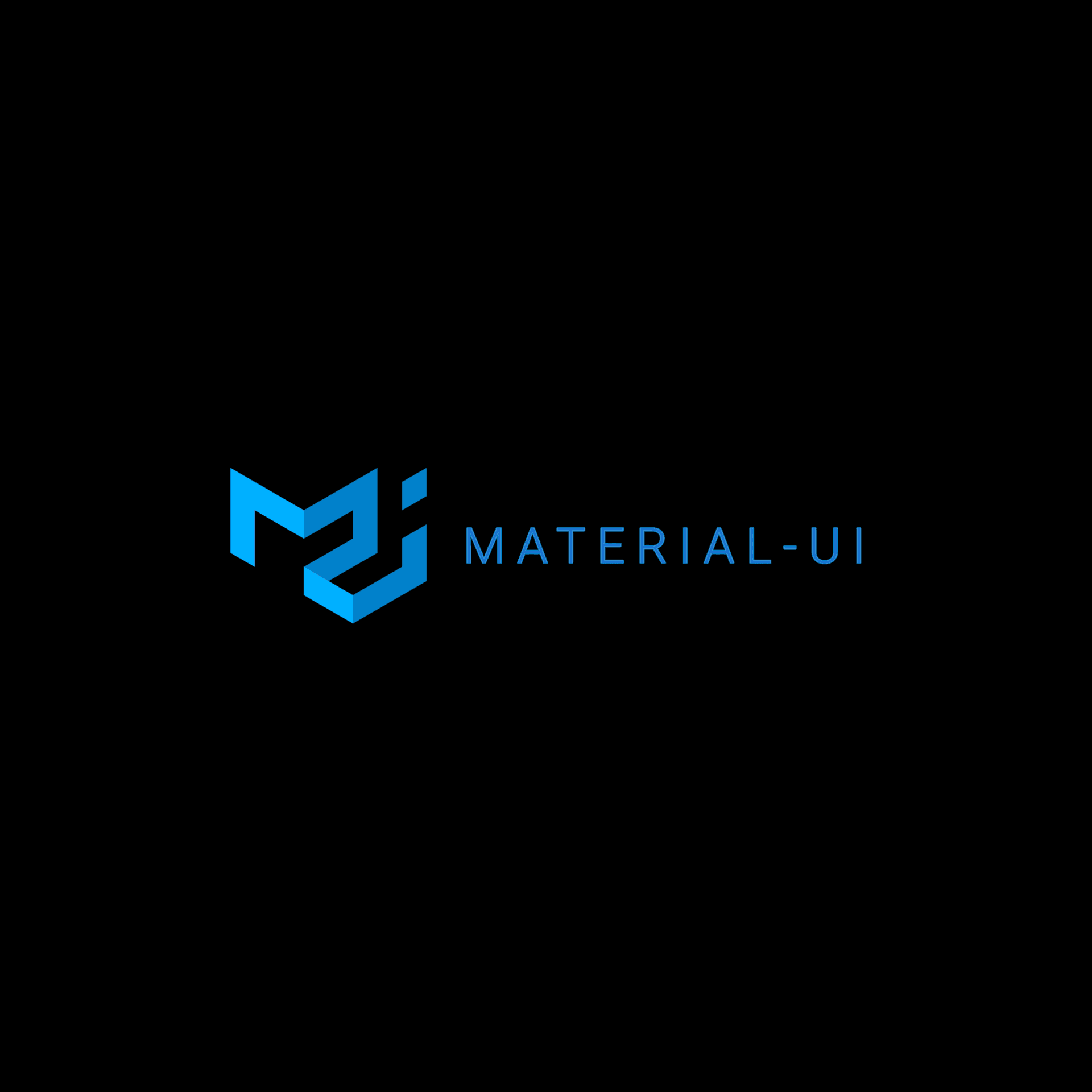Back to Blog
By Adrian Henry • January 4, 2025

Material UI (MUI) is one of the most popular React component libraries, providing developers with a rich set of pre-built UI components based on Google’s Material Design principles. It enables faster development, a polished design, and easy customization, making it a go-to choice for many frontend projects.
But is it the right choice for your website or web app? This article explores the benefits and drawbacks of using Material UI in modern web development.
Material UI (MUI) is a React-based UI framework that offers ready-made, customizable components following Material Design guidelines. It provides a comprehensive suite of components, styles, and utilities to help developers build responsive and visually consistent user interfaces with minimal effort.
Key features include:
One of the biggest advantages of MUI is its extensive library of pre-built UI components, including buttons, modals, forms, tables, and more. These components are highly polished and follow Material Design guidelines, saving developers significant time and effort in designing and coding UI elements from scratch.
MUI provides a powerful theming system that allows developers to easily modify colors, typography, spacing, and component styles. With the ThemeProvider, projects can maintain a consistent look and feel while adapting the design to match brand identity.
Material UI components are designed to be fully responsive, ensuring a smooth experience across different screen sizes and devices. Additionally, MUI prioritizes accessibility (a11y) by following WAI-ARIA standards, making applications more inclusive for users with disabilities.
MUI components are optimized for performance with lazy loading and tree-shaking capabilities. This helps reduce bundle size by only importing the necessary components, improving page load speeds and efficiency.
With strong community support, extensive documentation, and a wide range of third-party extensions, MUI makes it easy for developers to find solutions, get help, and extend functionality. The active development and frequent updates ensure compatibility with modern React versions.
MUI supports dark mode out of the box, making it easier to provide users with a visually appealing experience. It also offers various styling methods, including CSS-in-JS (via Emotion), styled-components, and utility classes, giving developers flexibility in how they manage styles.
Although MUI simplifies UI development, it comes with a learning curve. Developers must understand its theming system, styling approaches, and component API, which can be overwhelming for beginners or those unfamiliar with Material Design principles.
While MUI offers extensive customization options, modifying deeply nested components or overriding default styles can be challenging. Customizing styles using the sx prop, Emotion, or theme overrides requires understanding different approaches, which may add complexity to development.
Despite tree-shaking optimizations, MUI can contribute to larger bundle sizes compared to lightweight UI libraries or custom-built components. If performance is a major concern, developers may need to optimize imports, use only necessary components, and consider alternatives like Tailwind CSS or Chakra UI.
MUI follows Google’s Material Design philosophy, which may not suit every project’s branding or design aesthetic. While customization is possible, some developers may find it difficult to deviate from Material Design’s structured look and feel.
In complex applications with many dynamic UI elements, MUI’s heavy reliance on inline styles and CSS-in-JS solutions can lead to runtime performance issues. This can impact rendering speed, especially in highly interactive components.
Material UI is an excellent choice for developers who want a robust, feature-rich component library that follows Material Design principles. It accelerates development, ensures a consistent user experience, and offers deep customization options.
However, it may not be the best fit for projects that prioritize minimalistic styling, ultra-lightweight performance, or fully custom design systems. Developers should evaluate whether MUI’s design language and performance trade-offs align with their project’s needs.
For those who need a powerful UI library with great documentation, strong community support, and ready-to-use components, Material UI is a strong contender. But for highly custom UI designs or performance-focused applications, alternatives like Tailwind CSS, Chakra UI, or custom-built components may be worth considering.
Back to Blog